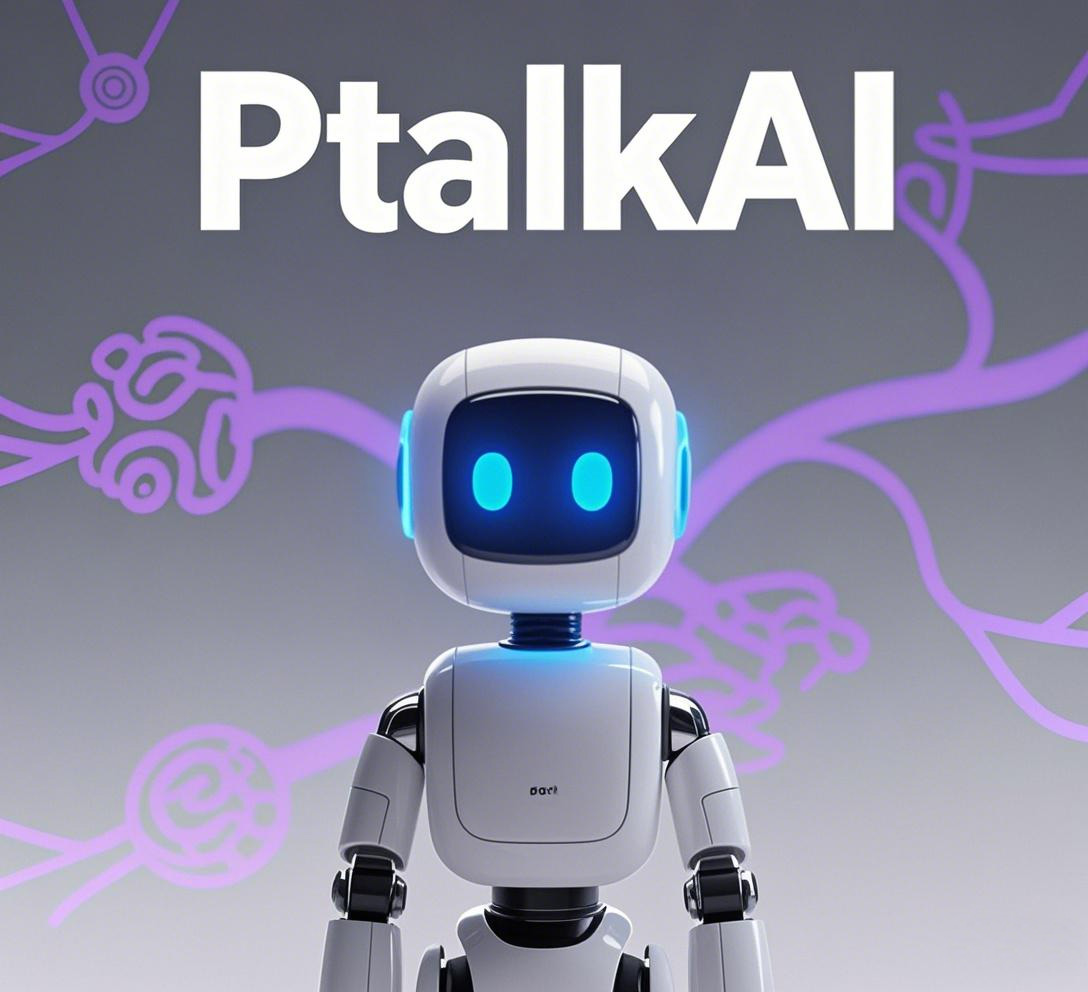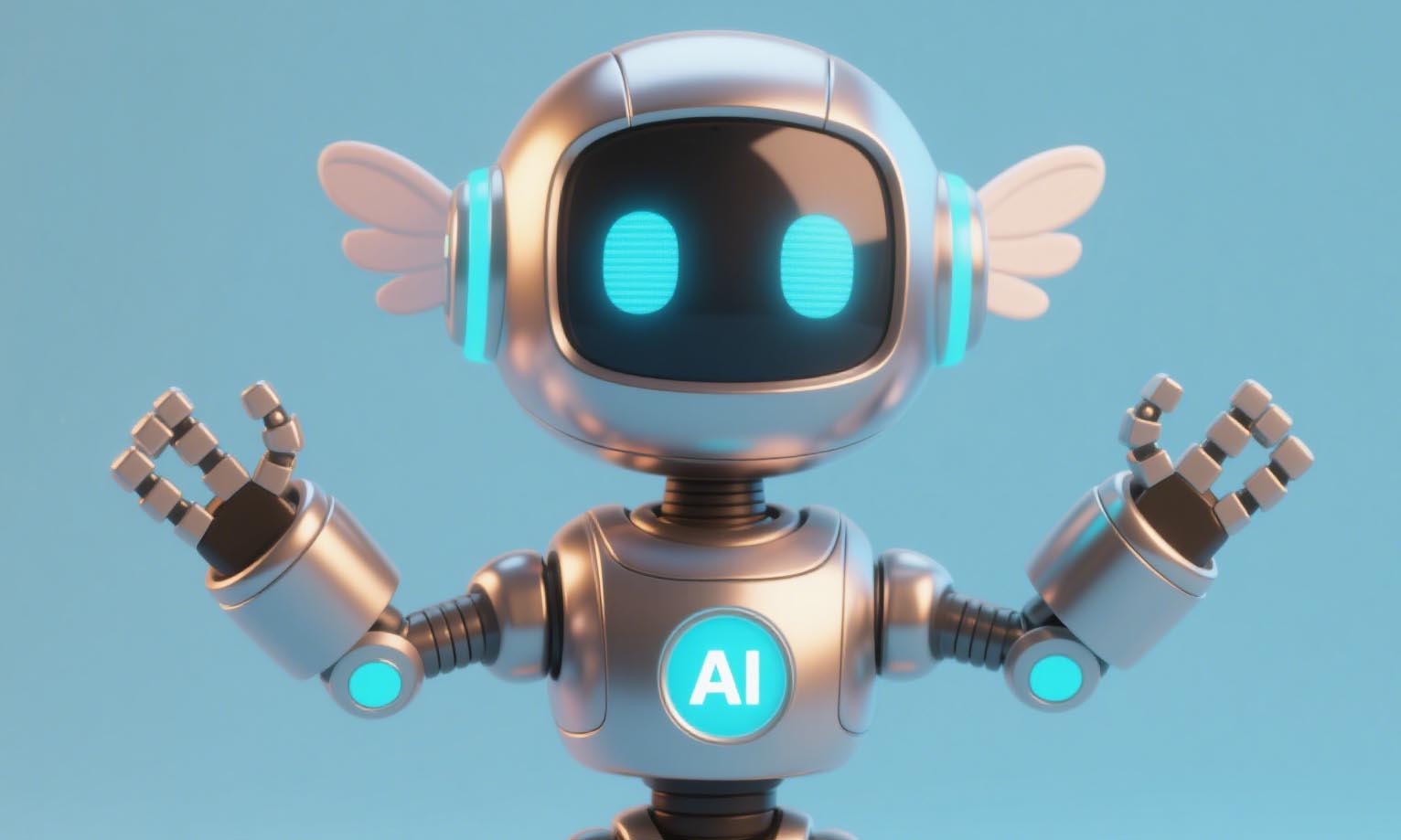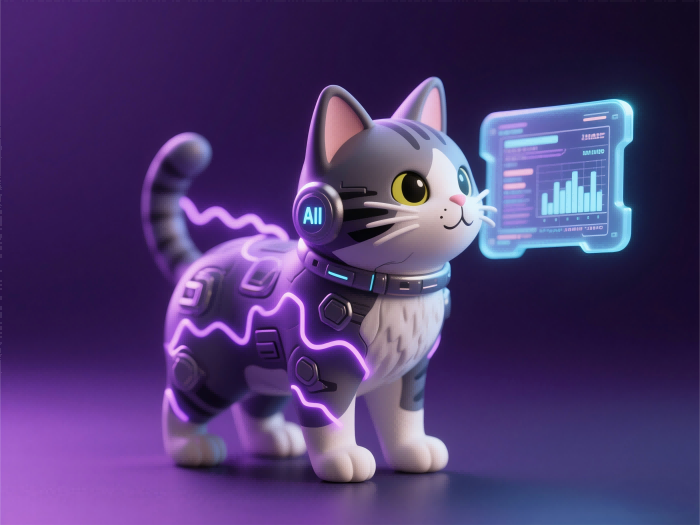AI Toys: Childhood Companions in the Digital Age
1. Revolutionary Breakthrough in Intelligent Interaction
Unlike traditional passive toys, AI toys establish two-way interactive systems. Amazon's Astro robot recognizes family members through computer vision, while Fisher-Price's Smart Learning Dog processes natural language to adjust teaching content. Machine learning algorithms enable toys to record children's behavioral patterns. Wonder Workshop's Dash robot analyzes programming preferences to progressively increase task difficulty. MIT Media Lab research reveals children frequently interacting with AI toys show 23% higher problem-solving abilities than control groups.
2. Structural Shift in Educational Paradigms
AI toys are deconstructing traditional knowledge transmission. Programming robots materialize algorithmic thinking, STEM toys transform physical laws into tangible experiments, and smart drawing boards stimulate artistic creativity through generative AI. Lego Education's SPIKE series enables 8-year-olds to accomplish robot path planning through graphical programming. More groundbreaking is adaptive learning systems like Osmo's math adventure games, which diagnose learning bottlenecks in real-time and dynamically adjust difficulty levels - an achievementunattainable in conventional classrooms.
3. Double-Edged Sword of Emotional Companionship
Sony's AIBO recognizes 50 voice commands and simulates biological responses through 6,000 components. Startup Miko's companion robot has recorded over 120 million emotional interactions. These anthropomorphic designs create unique emotional bonds. Osaka University tracking studies show 68% of special needs children experience reduced anxiety with AI toy companionship. However, concerns about "emotional substitution" emerge: EU Child Development Center reports indicate children exposed to AI toys over 15 hours weekly show 40% decreased willingness for human interaction.
4. Gray Areas in Data Privacy
AI toys collect data beyond imagination. Mattel's Hello Barbie faced lawsuits for recording children's conversations, while VTech's data breach exposed 3.5 million children's information. These devices continuously gather biometric data through microphones, cameras, and touch sensors, with some educational robots even tracking eye movements and micro-expressions. Current regulations lag significantly, with only California's Child Privacy Protection Act imposing voice data restrictions, while EU GDPR lacks detailed implementation rules for toys.
5. Ethical Dilemmas and Future Development
As AI toys develop personalized characteristics, philosophical debates emerge. Harvard's Ethics Lab proposes the "mind projection effect": children may attribute moral judgment to unconscious machines. Industry leaders are exploring solutions, like Anki's Cozmo robot implementing "digital death" mechanisms to prevent overattachment. Future trends point towards multimodal interaction - Boston Dynamics' SpotMini conveys emotions through body language, while MIT's Tega robot achieves cross-age adaptive interaction.
At the crossroads of technology and humanity, AI toy development requires new paradigms. UNICEF recommends establishing a "digital toy rating system," while IEEE is formulating children's AI ethics standards. Only by constraining technological innovation within a humanistic framework can these smart companions truly become childhood growth accelerators rather than hidden dangers. Ultimately, the warmth of technology lies not in algorithmic sophistication, but in whether it preserves children's stargazing curiosity.













